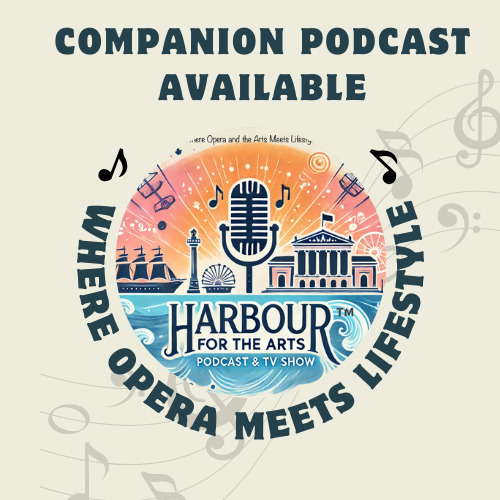When It’s Time to Get a 9–5 Job: A Love Letter to Artists at the Crossroads
- Olivia Harper

- Sep 2, 2025
- 3 min read

Today I am diving into a topic that’s often whispered about in green rooms, dressing rooms, and late-night group chats—but rarely said out loud: What happens when the dream doesn’t pay the bills?
There’s a moment in every artist’s journey when the applause fades, the gigs slow down, and the bills keep coming. It’s not glamorous. It’s not what we trained for. But it’s real. And it’s time we talked about it. For many performing and creative artists, the idea of taking a 9–5 job feels like betrayal. Like giving up. Like folding the costume and shelving the script. But what if it’s not? Sometimes I still feel that way.
The Myth of “Making It”
We’re taught that success in the arts means full-time creative work, uninterrupted by “day jobs.” But that narrative is both outdated and unfair. For many performers and creatives, the idea of taking a “day job” feels like giving up. But what if it’s not? What if it’s a strategic pivot? In reality, many of the most resilient, innovative artists are those who’ve embraced the structure of a 9–5 to support their craft. Not as a failure—but as a strategy.—a way to protect your mental health, your finances, and your long-term artistic vision.
The Emotional Weight of Financial Instability in the Art
For many artists, financial instability isn’t just a logistical challenge—it’s a deeply emotional one. The pressure to monetize creativity can erode the joy that first drew us to the stage, the studio, or the page. There’s a quiet shame that creeps in when gigs dry up or when passion projects don’t pay the rent. It can feel like failure, even when it’s simply the reality of an unpredictable industry. This emotional toll often goes unspoken, but it’s real—and acknowledging it is the first step toward reclaiming agency and redefining success on your own terms.
How Structure Can Fuel Creativity, Not Stifle It
There’s a myth that artists thrive only in chaos—that structure is the enemy of spontaneity. But in truth, many creatives find that a stable routine can be a powerful ally. A 9–5 job can offer the mental bandwidth to create without the constant stress of survival. It can carve out sacred time for your craft, free from the anxiety of chasing the next paycheck. Structure doesn’t have to mean rigidity—it can be the scaffolding that supports your most daring artistic leaps.
Real Stories from Artists Who’ve Found Unexpected Inspiration in Traditional Workspaces
From opera singers turned project managers to playwrights thriving in HR departments, artists are finding creative fuel in the most unexpected places. One dancer shared how working in a nonprofit gave her insight into grant writing and community engagement—skills she now uses to fund her own productions. Another composer found inspiration in the rhythm of office life, translating the cadence of meetings and emails into musical motifs. These stories remind us that artistry isn’t confined to rehearsal rooms—it can flourish anywhere, if we’re open to it.
Practical Tips for Choosing Jobs That Support Your Values and Your Craft
When considering a 9–5, look beyond the paycheck. Ask: Does this role leave me time and energy for my creative work? Does it align with my values—whether that’s flexibility, mission-driven impact, or a supportive team culture? Seek out companies that respect work-life balance and offer opportunities for growth. And don’t underestimate the power of transferable skills—communication, storytelling, empathy—these are assets in both the boardroom and the studio. The right job won’t just sustain you financially; it can nourish your artistry in ways you never expected.
Why This Conversation Matters
In the companion podcast for this blog post, on Harbour for the Arts, I share my own journey of balancing artistry with practicality. Identity isn’t binary. You can be both a visionary and a professional. A creator and a contributor.

This episode is a safe space to unpack the guilt, the grief, and the growth that comes with choosing stability. Because sometimes, the bravest thing an artist can do is redefine what success looks like.
Tune in to Harbour for the Arts on this page, Spotify, Apple Podcasts, and more. If this episode speaks to you, share it with a fellow artist who might need to hear: You’re not alone. You’re not giving up. You’re evolving.
Thanks to our partners at Thrive Market! The place to shop for groceries to fuel your rehearsals, performances or after work performances! Visit www.thrivemarket.com/bricoopermezzo



Comments